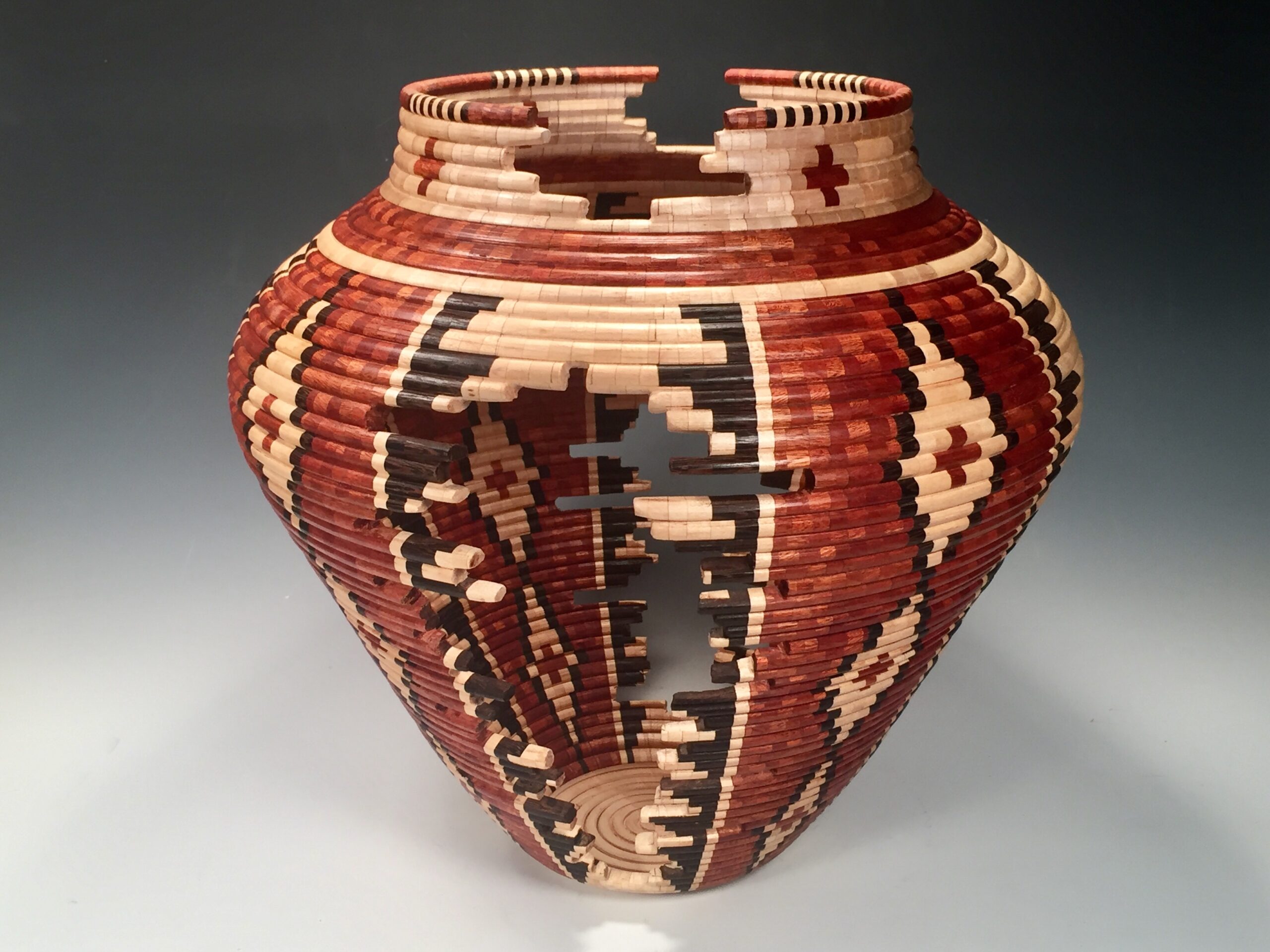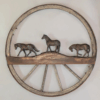The eye of an artist allows them to see things others may not. This leads to beautiful work, inspired insight, or — in the case of Crystal Orlando — becoming a modern day Indiana Jones (minus the snakes and guns, luckily).
In 2016, Crystal Orlando was working and drawing at a framing shop in Temple, Texas. There was an estate sale happening in the area and she had a feeling there was a reason she needed to be there. “I’ve always had a knack for finding things that I was supposed to find,” she says. “I don’t know if that makes sense, but somehow the universe just brings things into my space. It was just [my boss] and I in the shop and so we just had to put a sign on the door and go.”
While at the sale, Orlando spotted a large ceramic sculpture in a corner that seemed to be ignored by the others browsing. The atypical style and seeming disregard for a beautiful piece of art caught her attention and she couldn’t leave without it. “It looked original to me. The artist that made it, I felt like they had a deep knowledge of a region or how things are put together to create a story. It didn’t look like something somebody would take the time to do these days,” Orlando says.

Crystal Orlando with the Mayan censer burner. Photography by Shannon Lawson
Orlando was fascinated. She spent hours on end trying to learn more about the piece from her studio in Temple, all the while hoping one of the patrons of the studio in would know something to help her identify it.
Orlando’s studio caught fire in December 2017, but the statue stood strong and Orlando continued her study. She met Ray Levy in 2021 who has an undergraduate degree in Anthropology from the University of Texas at Austin. Levy recognized the potential for this piece to be historically significant and reached out to his former professors at the University of Texas. They pointed them in the direction of Dr. David Stuart, director of the Mesoamerica Center and a leading expert in Mayan hieroglyphs and artifacts in Palenque, Mexico.
Stuart quickly identified the piece as censer burner, made between 500 AD and 700 AD in the Palenque region of Mexico. It was used for ceremonies in Mayan temples, holding a bowl on top that was filled with incense. “We sent him an email with pictures and right away he emailed us back,” Orlando says. “To find something like that intact is extremely rare. They say a lot of them have been found, but mostly in so many pieces that it’s not possible to put them back together.”
Orlando and Stuart decided the best course of action would be to repatriate it to a museum in Mexico for study and preservation. They contacted the National Institute of Anthropology and History (INAH) in Mexico, who quickly responded confirming Stuart’s assessment of the piece and began the process of authentication and repatriation, expediting the process as much as they could because of the rarity and historical significance of the censer burner.
In July of this year, the burner was sent to the Mexican Consulate in Texas. Orlando, Levy, and Stuart were invited to a gallery opening at the consulate where the burner was unveiled to celebrate its repatriation.
“They had a big production with cultural dancing and singing and at the end of that they did a reveal of it and the energy in the room, when they saw the piece, just changed. It was incredible,” Orlando says. “And there were even people that started crying.”
The censer burner is currently en route to Mexico City where experts from the INAH are patiently waiting to welcome it home. It will remain in Mexico City for a few months for cleaning, documentation, and display before moving to its final resting place at a INAH museum in the Palenque region of Mexico, the region of its origin.
Orlando and Levy are traveling to Palenque in December for a Maya field workshop and tour hosted by Stuart and his sister Ann through their father’s foundation, Boundary End Archaeology Research Center. A reception is being planned to celebrate the arrival of the censer burner to its new home, in a museum where it belongs.








